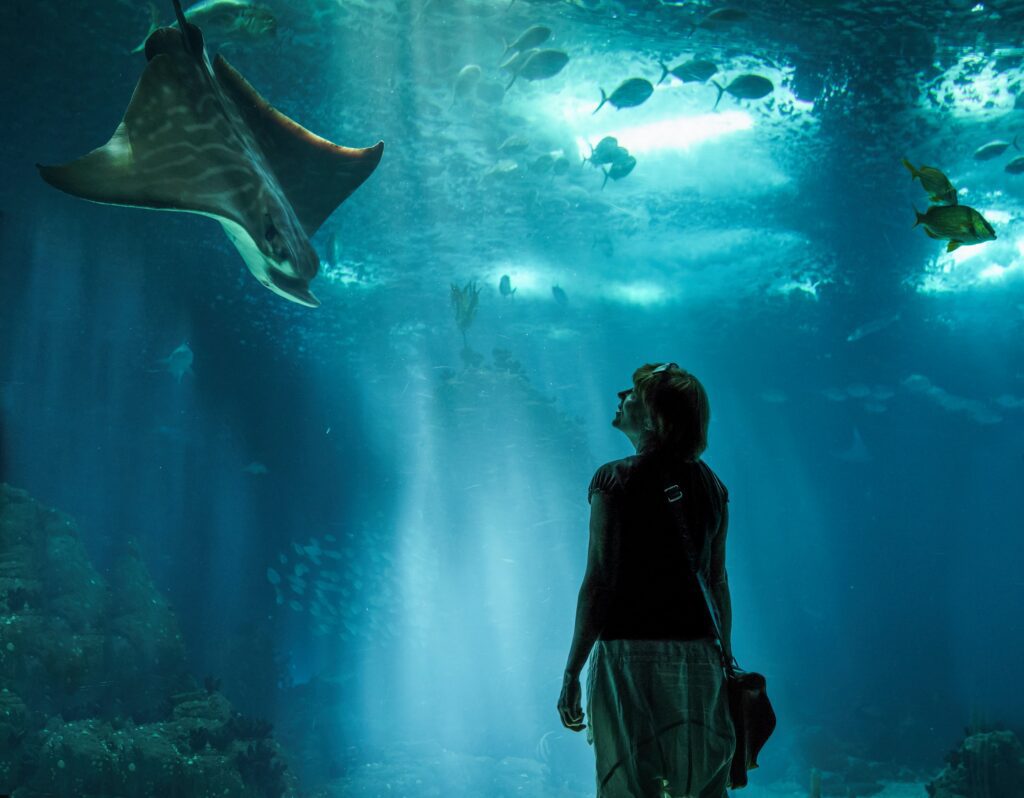
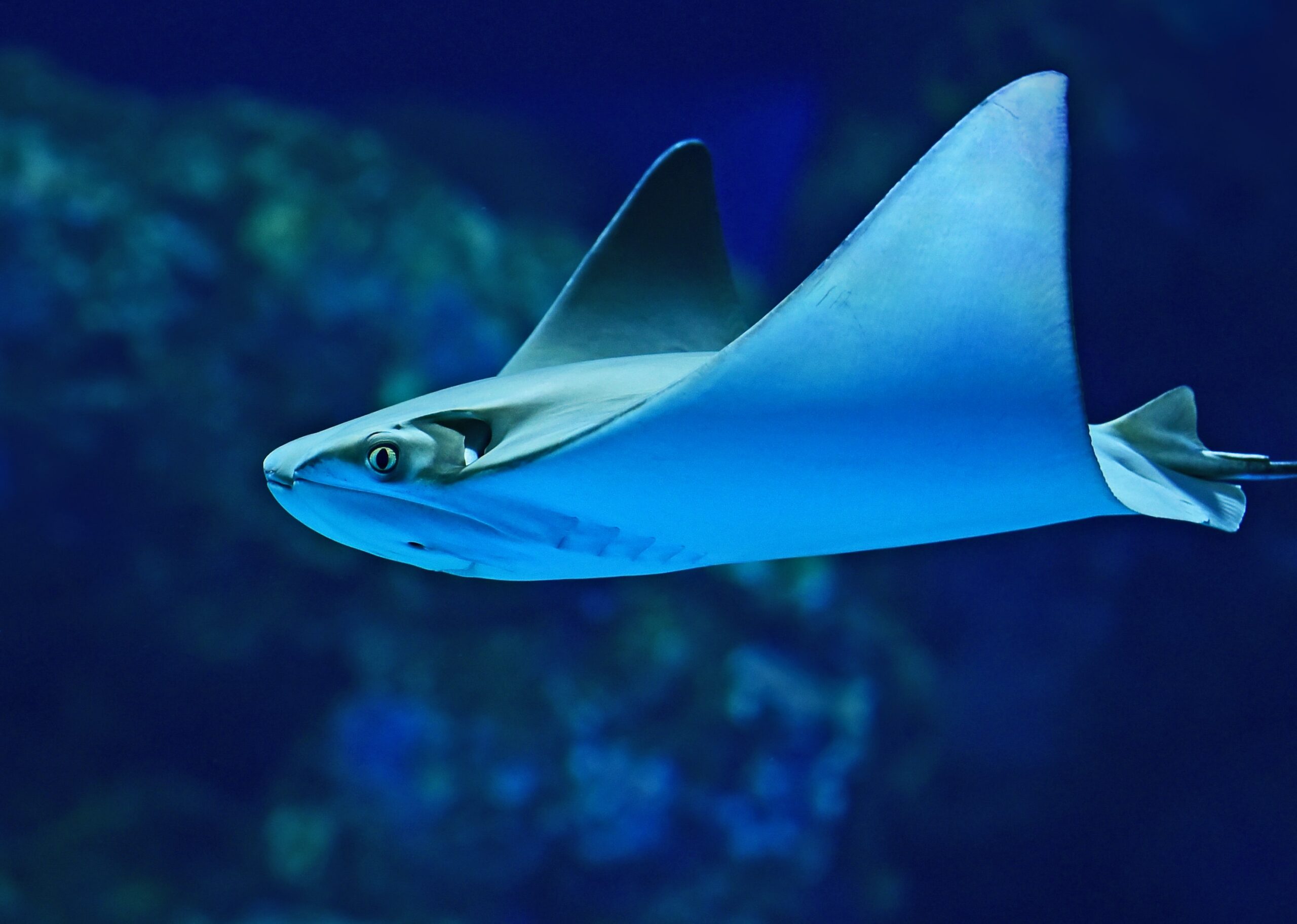

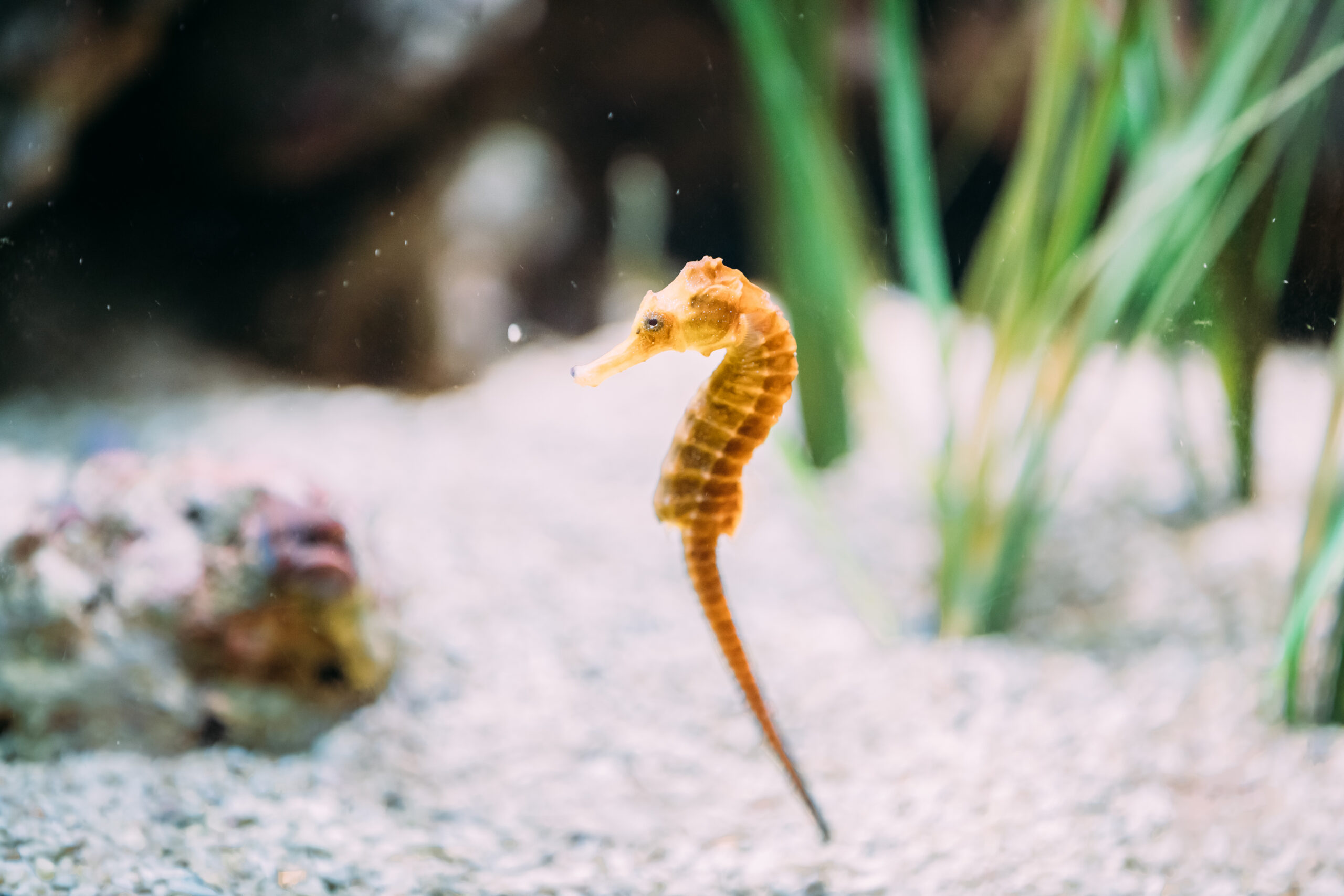
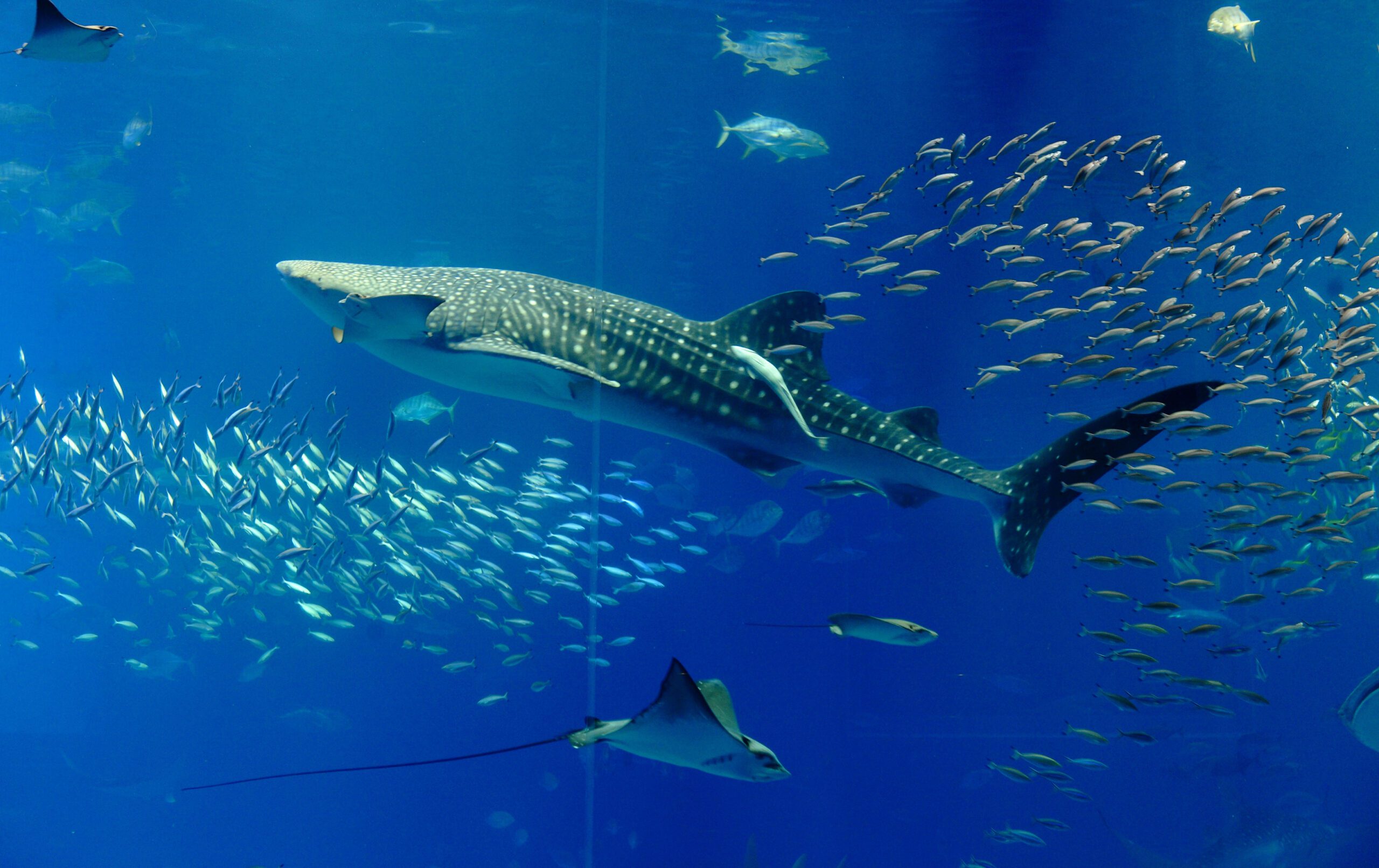
Marine life is incredibly diverse, with millions of species ranging from microscopic plankton to massive whales. These organisms are adapted to life in saltwater environments, and they play important roles in maintaining the health and function of marine ecosystems.
Marine life such as, phytoplankton which are microscopic plants that form the base of the ocean food web, while larger organisms such as fish, sea turtles, and marine mammals serve as top predators and help regulate the populations of other species. Our Coral reefs, kelp forests, and other marine habitats provide homes and resources for a wide range of marine life, making them essential for the health and resilience of these ecosystems.
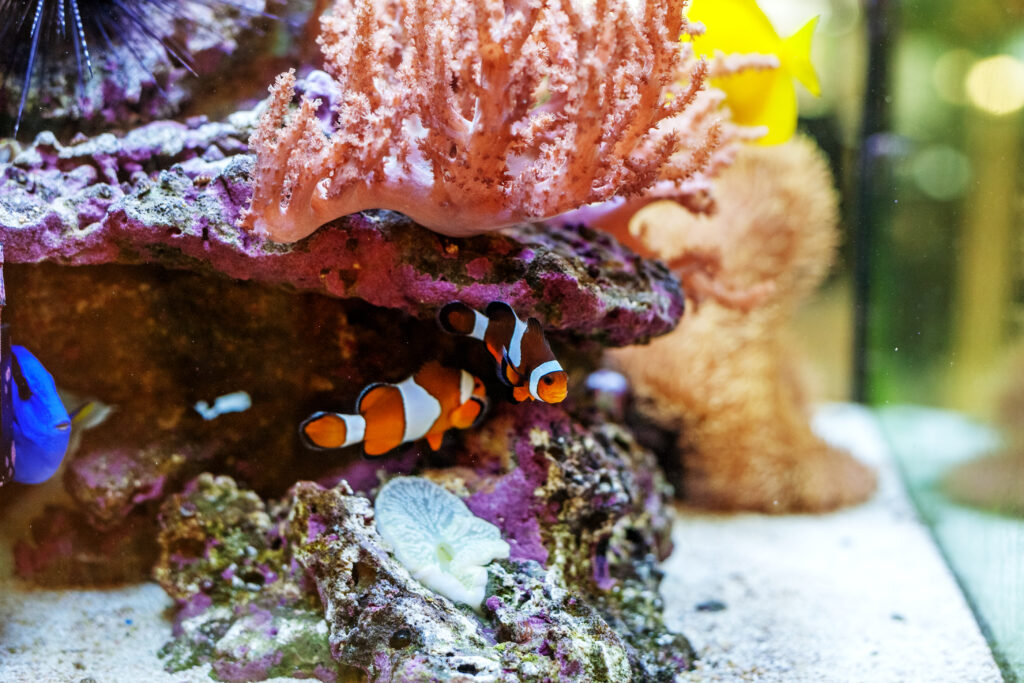




The Rockford Aquarium has the potential to be a valuable addition to the community of Rockford, and the State of Illinois, by providing educational exhibitions and showcasing the diversity of marine life from around the world. The aquarium has the opportunity to provide a unique learning experience for visitors of all ages, by creating a hands-on environment for exploring the wonders of the ocean.
One of the primary benefits of the Rockford Aquarium is its potential to educate visitors about marine life and the importance of protecting our oceans. By showcasing different habitats and marine ecosystems, visitors can gain a better understanding of the diverse array of organisms that live in these environments and how they are interconnected. This educational aspect can help to inspire a sense of stewardship and responsibility for the world’s oceans, promoting awareness and conservation efforts.
In addition to its edutainment value, the Rockford Aquarium has the potential to attract tourists and stimulate the local economy. Aquariums are popular attractions around the world, drawing millions of visitors each year. By creating a unique and engaging experience, the Rockford Aquarium can attract visitors from near and far, generating revenue and providing job opportunities for the local community.
An undeniable benefit of the Rockford Aquarium is its potential to showcase marine life and aquatic ecosystems. Marine life refers to fish living in oceans and seas. While Illinois may not be known for its coastal habitats, the state is home to a wide range of freshwater species, including fish, turtles, and other aquatic organisms. The Rockford Aquarium will provide a platform for showcasing these local species and educating visitors about the unique ecosystems that support them. The physiology of fish determines which habitat they live in. The way their organs work means freshwater fish retain more salt in their bodies than in the water they live in. This offering of educational physiology programs is targeted for children and adults. The aquarium will offer guided tours and educational programs that teach visitors about the marine environment, its inhabitants, and the importance of conservation. Programs will include activities such as marine-themed story times, arts and crafts, and workshops that teach visitors about marine biology, oceanography, and conservation science. These programs can help to inspire and engage visitors of all ages in the study and protection of all marine life.
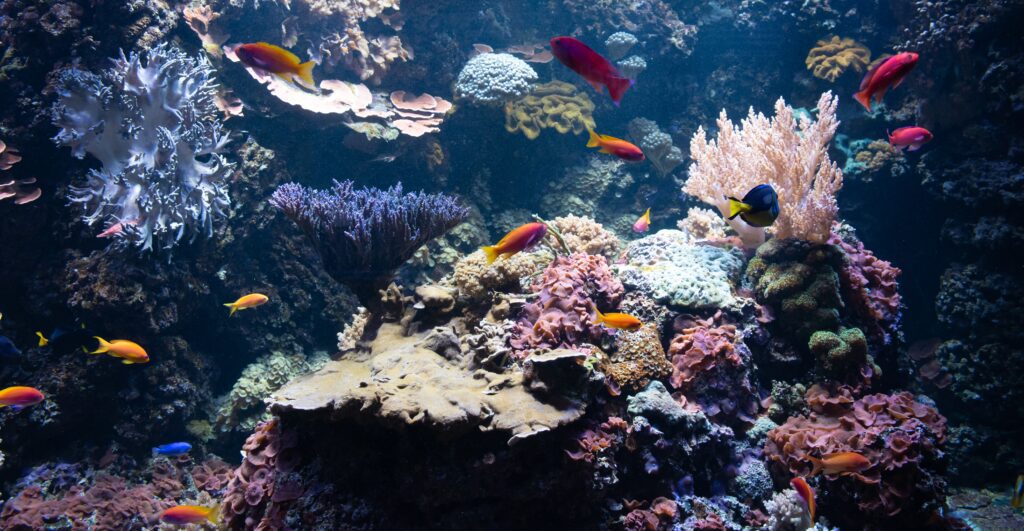
The Rockford Aquarium will also provide a unique and memorable experience for visitors. Aquariums throughout the world offer a range of interactive exhibits and activities, such as touch tanks, underwater tunnels, and live animal shows. These experiences can create lasting memories and inspire a sense of wonder and awe in visitors of all ages. The Exhibit display initiative of the Rockford Aquarium is to offer interactive and engaging exhibits that showcase the diversity of marine life. The exhibits will include tanks featuring different habitats, such as coral reefs, kelp forests, and estuaries, and offer a chance to view marine life up close. In addition, the aquarium will feature interactive displays that allow visitors to learn about the biology and behavior of different marine organisms, and even participate in hands-on activities such as feeding and caring for certain species.
Moreover, the Rockford Aquarium will serve as a research and conservation center, providing opportunities for scientists and researchers throughout the US to study marine life and develop strategies for conservation efforts. By partnering with local universities and research institutions, the Rockford Aquarium will contribute to the advancement of scientific knowledge and support conservation efforts in the region.
Ultimately, the Rockford Aquarium can provide a valuable community resource, offering educational programs and opportunities for local schools and youth organizations. By providing a hands-on learning marine experience, the aquarium can help to inspire the next generation of marine biologists, conservationists, and ocean advocates.
In conclusion, the Rockford Aquarium has the potential to provide a range of benefits to the community of Rockford, Illinois. Through its educational exhibits, conservation efforts, and community outreach programs, the aquarium can promote awareness and stewardship of our oceans while also attracting visitors and stimulating the local economy. By showcasing the diversity of marine life and the importance of protecting our oceans, the Rockford Aquarium can provide a unique and valuable experience for visitors of all ages.
Aquariums are a well-known attraction type, generally with high levels of visitation, with high repeat visitation. Aquarium audiences have high expectations that their experience will be “fresh” and that new reasons to visit will be offered. While most aquariums focus on saltwater habitats, some aquariums have successfully interpreted their unique, local marine or freshwater stories, which helps them to be especially interesting for local tourists and residents. Other aquariums offer a mix of “exotic” environments and species and compare them to the local environment and species.
Here are five aquatic examples of unique, marine stories that aquariums have successfully interpreted:
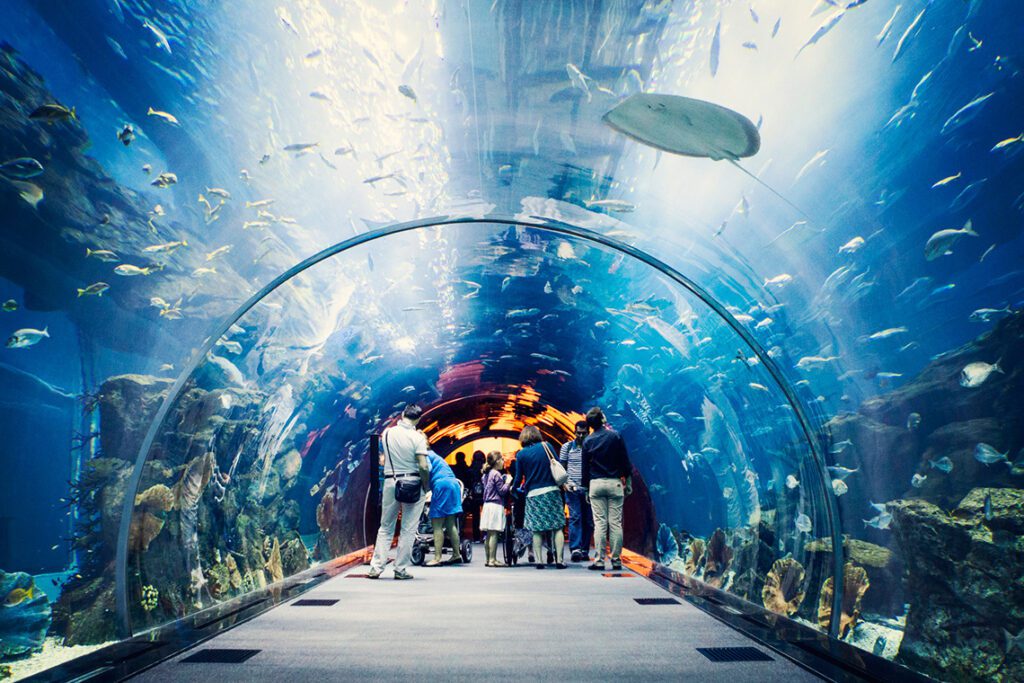
The Monterey Bay Aquarium in Monterey, California, is famous for its exhibits featuring the marine life of the California coast. Visitors can see everything from sea otters to kelp forests.
The S.E.A. Aquarium in Singapore features a large exhibit showcasing the Coral Triangle, a region in Southeast Asia with some of the world’s most diverse coral reefs. Visitors can see everything from colorful fish to massive manta rays.
The Gulf of Maine Research Institute in Portland, Maine, focuses on the unique marine ecosystem of the Gulf of Maine. Visitors can see everything from lobsters to jellyfish and learn about the research being done to protect the region’s marine life.
The Underwater Observatory Marine Park in Eilat, Israel, features a large exhibit showcasing the colorful marine life of the Caribbean. Visitors can see everything from tropical fish to sharks and learn about the importance of coral reefs to the health of our oceans.
The Red Sea Aquarium in Jeddah, Saudi Arabia, features a large exhibit showcasing the vibrant marine life of the Red Sea. Visitors can see everything from sea turtles to reef sharks and learn about the importance of conservation to protect these fragile ecosystems.
These aquariums demonstrate that a focus on unique, local marine and freshwater stories can make for engaging and educational visitor experiences. By showcasing the diversity and importance of these ecosystems, aquariums can inspire visitors to appreciate and protect the natural world. The technology and exhibit techniques of aquariums have improved substantially in recent past decades. Advanced life support systems; improved husbandry techniques; larger, unobstructed acrylic panels and tunnels for better viewing, and other improvements have become standard in modern aquariums. However, as technological advances have improved and enhanced the visitor experience, visitor expectations have also risen. These aquariums have successfully interpreted their unique, local marine and freshwater stories, which helps them to attract local tourists and residents.
By offering a mix of local and exotic environments and species, The Rockford Aquarium can also appeal to visitors from further afield. We will use advanced AI technology and Immersive exhibit techniques which will help to enhance the visitor experience, and we will continue to always plan innovate and meet rising expectations to remain popular and relevant attractions for our visitors.
The Great Barrier Reef is a natural wonder that has captured the hearts and imaginations of people all around the world. Spanning over 2,300 kilometers off the coast of Australia, it is the largest coral reef system in the world and is home to thousands of species of marine life, including fish, sharks, and sea turtles. It is also a popular destination for tourists, who come to marvel at its beauty and diversity.
The Great Barrier Reef is facing a number of serious threats. Perhaps the most pressing of these is climate change. As the oceans warm and become more acidic, coral reefs all around the world are being affected. The Great Barrier Reef is no exception, and in recent years it has suffered from a series of mass bleaching events that have caused widespread damage to the coral. Bleaching occurs when the coral expels the symbiotic algae that live within its tissues, causing it to turn white and ultimately die.
Human activities are also having a major impact on the Great Barrier Reef. Pollution, overfishing, and coastal development are all taking their toll on this fragile ecosystem. In recent years, there has been growing concern about the impact of dredging on the reef. Dredging involves the removal of sediment from the seabed and is often carried out in order to create new ports or expand existing ones. However, this process can damage the delicate coral structures that make up the reef and can also release large amounts of sediment into the water, which can smother and kill the coral.
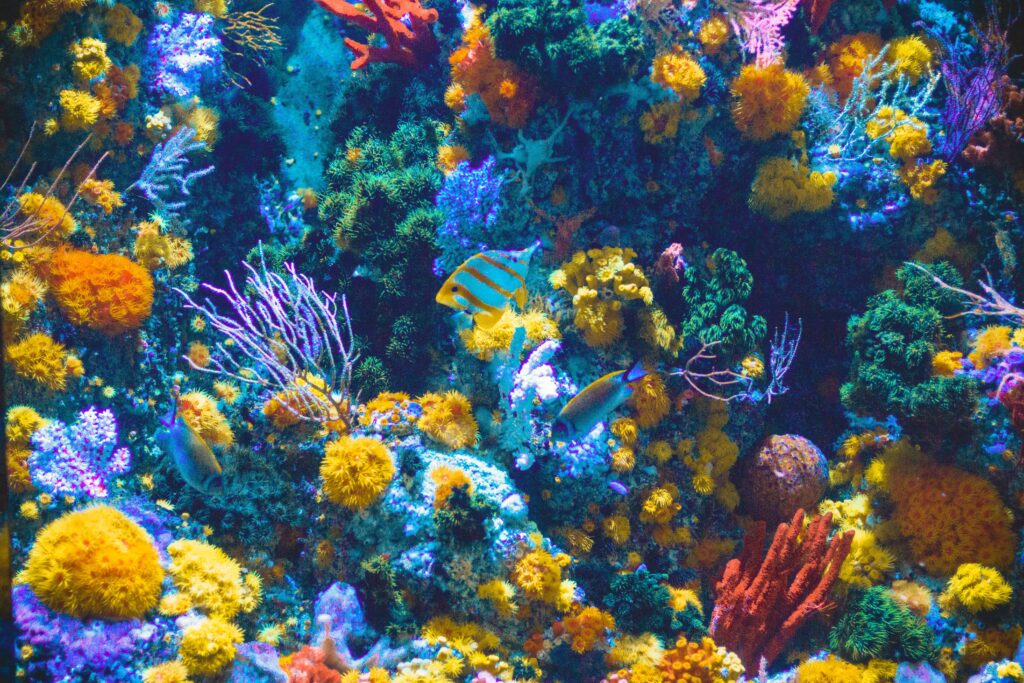
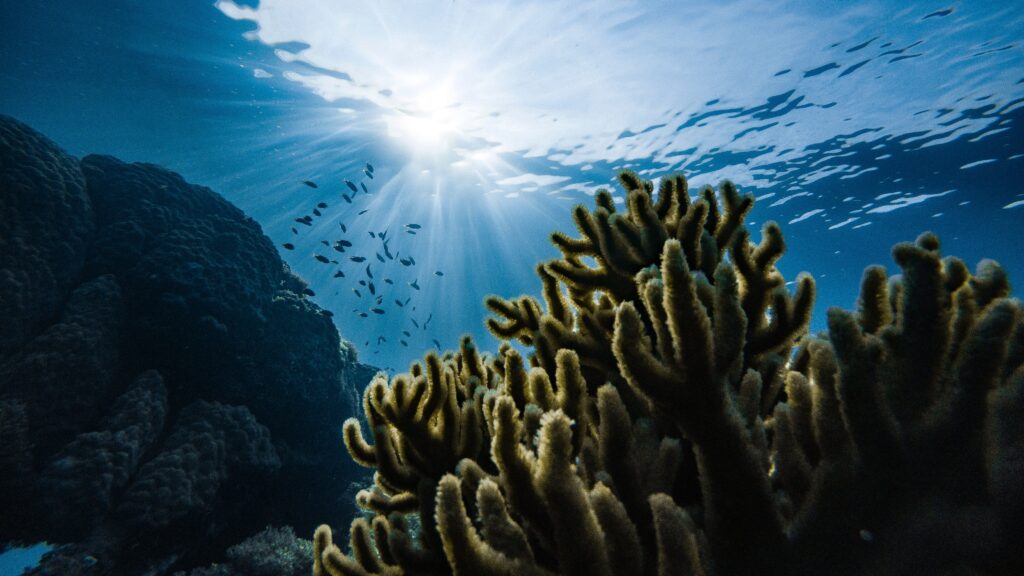
Despite these challenges, there is still hope for the Great Barrier Reef. Scientists are working hard to develop new technologies and strategies to help the reef cope with the challenges it faces. For example, researchers are exploring the use of artificial reefs to provide a habitat for marine life, and are also investigating new ways to help the coral recover from bleaching events. In addition, there is a growing awareness of the need to reduce carbon emissions and tackle climate change in order to protect the world’s oceans.
The Great Barrier Reef is a natural wonder that is of immense ecological and cultural importance. However, it is facing a range of serious threats, including climate change and human activities such as pollution and coastal development. It is therefore essential that we take action to protect this precious ecosystem, by reducing our carbon emissions, limiting pollution, and implementing effective conservation strategies. With the right approach, we can ensure that the Great Barrier Reef remains a thriving ecosystem for generations to come.
The exhibit will be designed to replicate the natural environment of the Great Barrier Reef as closely as possible. This would involve recreating the coral structures, sea currents, and lighting conditions of the reef, as well as providing an appropriate habitat for the marine life that inhabit the reef. There are a plethora of different strategies and approaches that the Rockford Aquarium will consider when creating an expansive exhibit about the Great Barrier Reef. By leveraging technology, art, education, and collaboration, the exhibit could provide visitors with a memorable and impactful experience, while also raising awareness of the importance of this vital ecosystem and the need to protect it for future generations.
Creating an expansive immersive exhibit about the Great Barrier Reef will require a combination of creativity, innovation, and collaboration. By providing visitors with an immersive and educational experience, while also working to promote research and conservation initiatives, the Rockford Aquarium will play an important role in raising awareness of this vital ecosystem and the need to protect it for future generations.
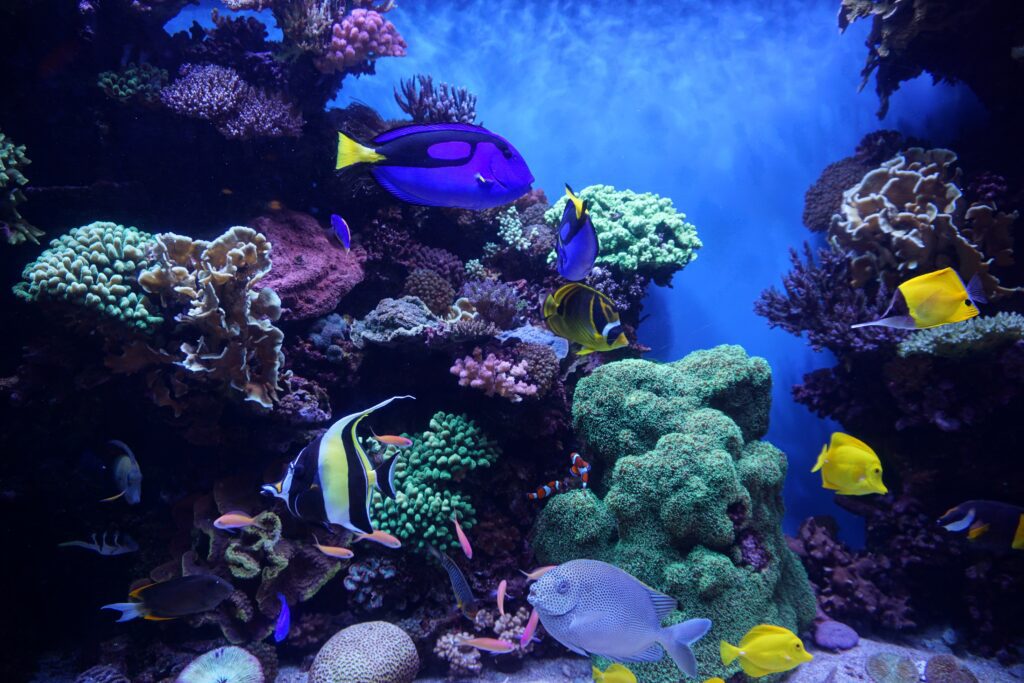
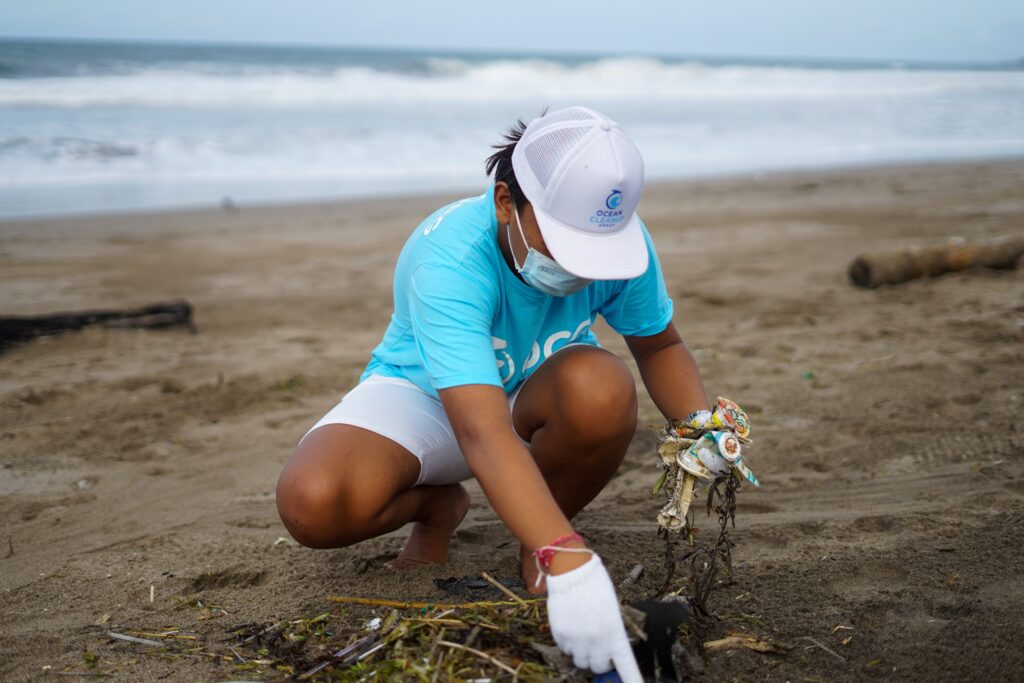


Investigating the mysterious depths of our underwater world is a captivating and awe-inspiring experience that can never be fully explained. You will find wonder at the complexity of ocean ecosystems. Coral Reefs is a complex ecosystem and is home to an incredible diversity of marine species. The beauty and complexity of the ocean is a marvel to behold, with its diverse array of creatures and landscapes that continuously surprise us. Diving deep into this unfamiliar environment can be both thrilling and intimidating, as we discover both grand wonders and secrets that have yet to be unveiled.
Coral reefs make major contributions to life in many countries. Coral reefs are important in the provision of food, materials and income from tourism and fisheries. Our coastal and island societies are often largely or nearly completely dependent on adjacent coral reefs, with cultures developed around these reefs. Reefs contain the largest reservoirs of biodiversity in the world. Join us on a journey to discover the wonders of the future Rockford Aquarium

Creating an expansive exhibit about the Great Barrier Reef requires a multifaceted approach that incorporates elements of art, science, education, and community engagement. By leveraging innovative technologies, sustainable design practices, and partnerships with local communities and conservation organizations, the Rockford Aquarium will create a truly immersive and impactful experience that inspires visitors to take action and make a positive difference for the Great Barrier Reef and all its inhabitants.
We believe that an aquarium is a great way to bring the beauty and wonder of the underwater world to the public. It can be educational, inspiring, and entertaining for people of all ages. Aquariums also provide an opportunity to preserve and protect endangered species, while giving visitors a chance to learn more about marine life. By building an aquarium, we can help educate people on the importance of conservation and sustainability, as well as provide a safe place for aquatic animals to live. It provides a better understanding of the ocean’s fragile state, as well allowing us to become more aware of how human activities can impact it. An aquarium can also be used as a research tool for scientists studying aquatic ecosystems, helping us better understand our environment and how we can protect it.
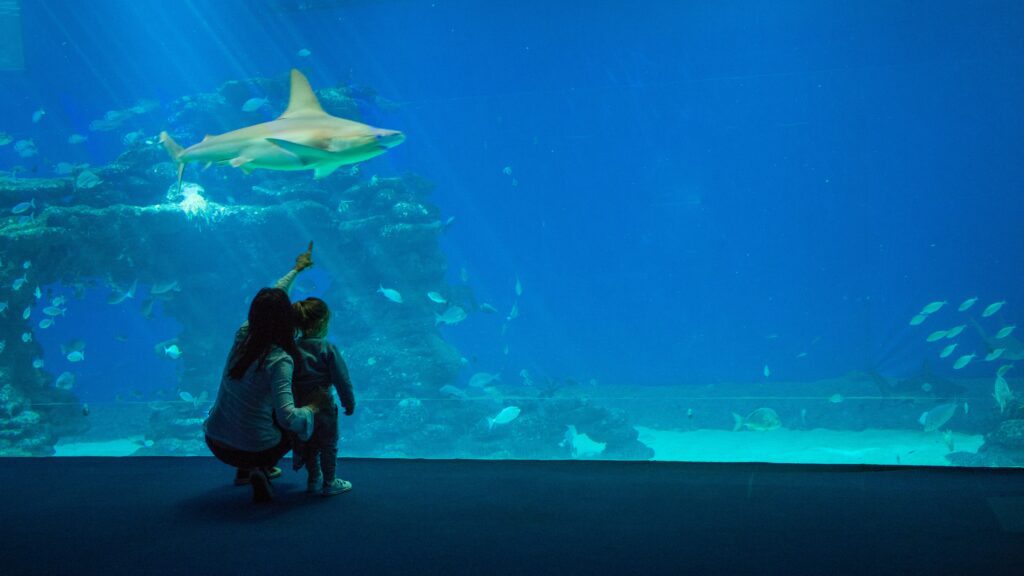

From swimming with our dolphins to feeding stingrays, our team of aquatic experts will guide you through each step to ensure you have a safe and unforgettable journey. It is the intention of the Rockford Aquarium to showcase the many incredible creatures that have evolved to call the Oceans home.
Our state-of-the-art aquarium will offer an immersive experience with a wide range of aquatic species, from tropical fish to sharks and jellyfish. With interactive exhibits, you can explore and learn more about each species in their natural habitats. We believe in the power of inquiry and exploration. Join us as we discover, protect, and celebrate our waterways.
For school children in the Midwest, the opportunity to learn hands-on about the saltwater wonders of the oceans becomes a powerful teaching tool. Integrated studies in ecology, sustainability, clean water supplies, and how they relate to a healthier environment are just the beginning of the experiences offered by an aquarium. The study of vertebrate and invertebrate water populations is most easily accomplished by the aquarium experience before venturing into field studies. Projected programs include summer learning classes, internships and adult learning experiences designed to increase the understanding and enjoyment of the aquarium experience.
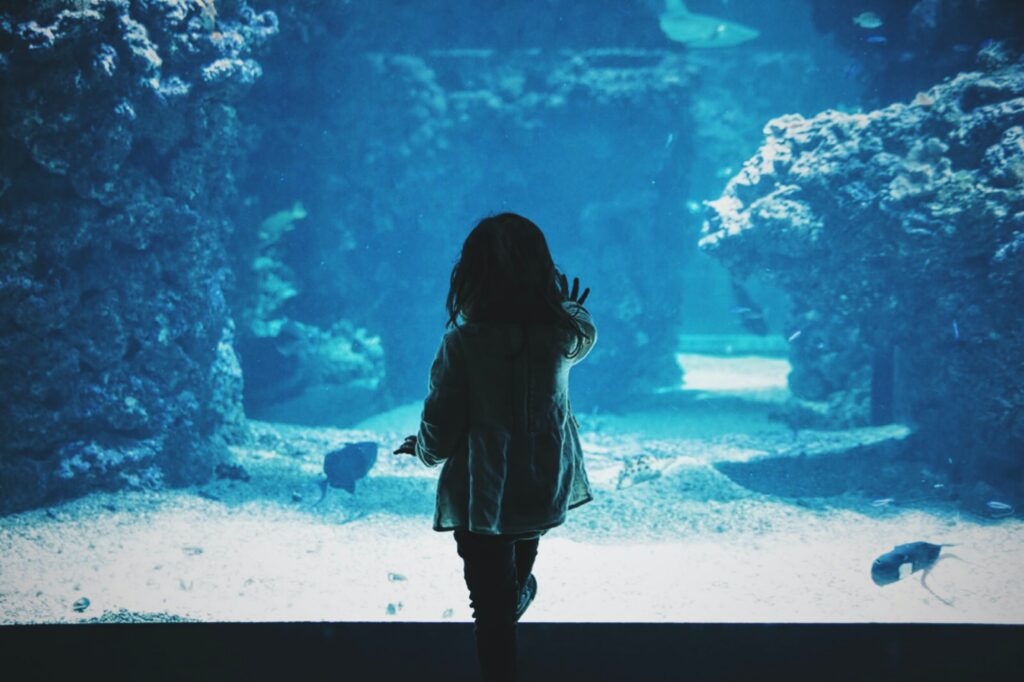
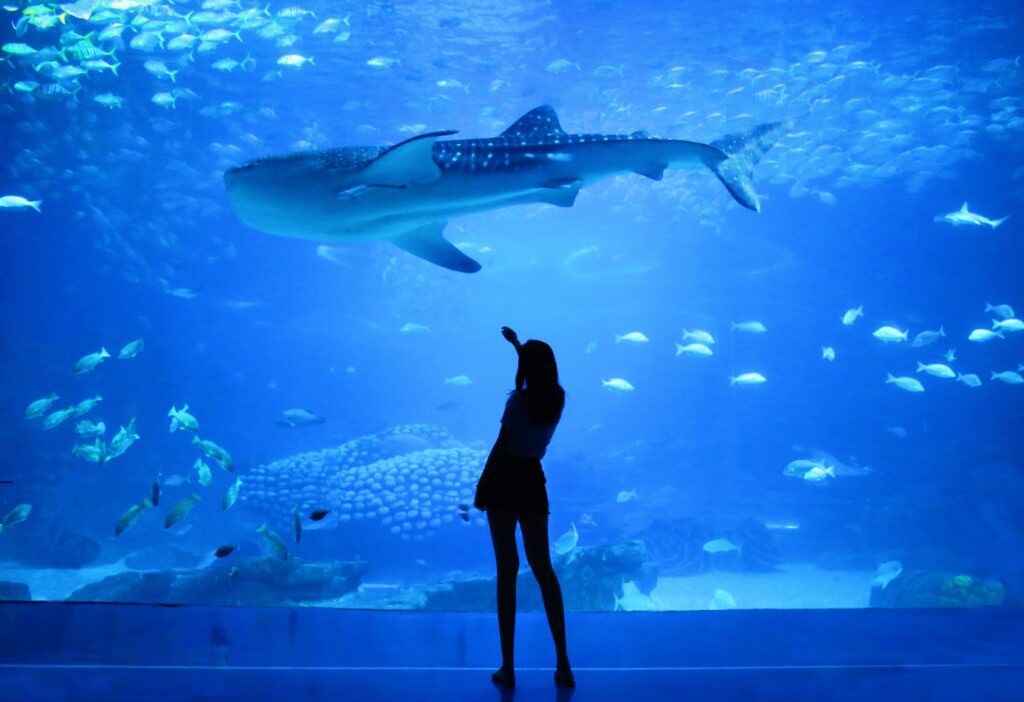
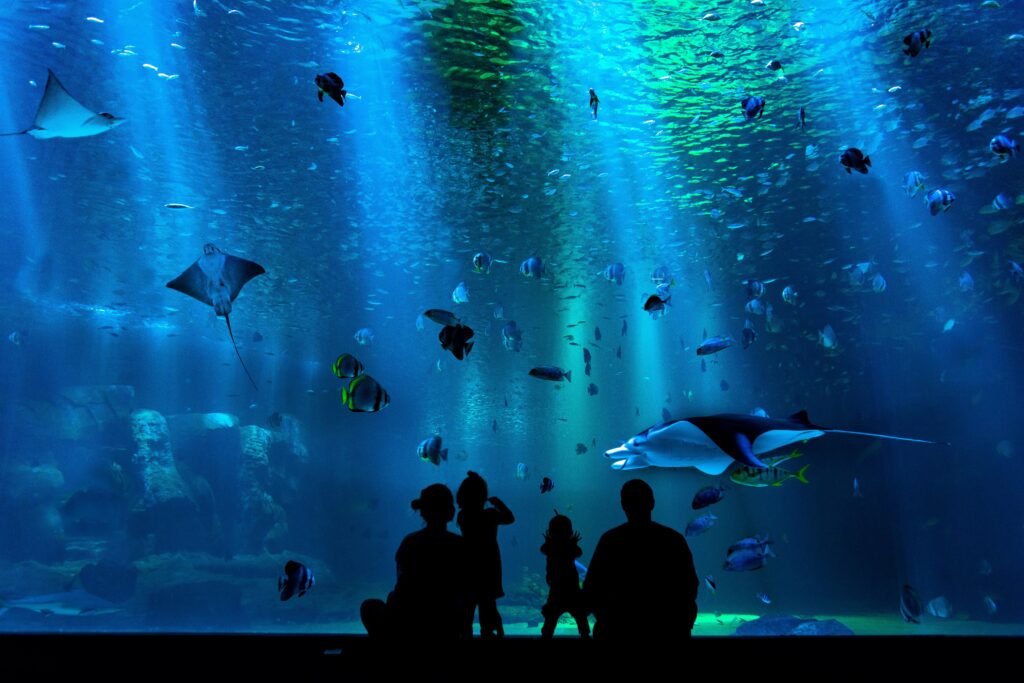
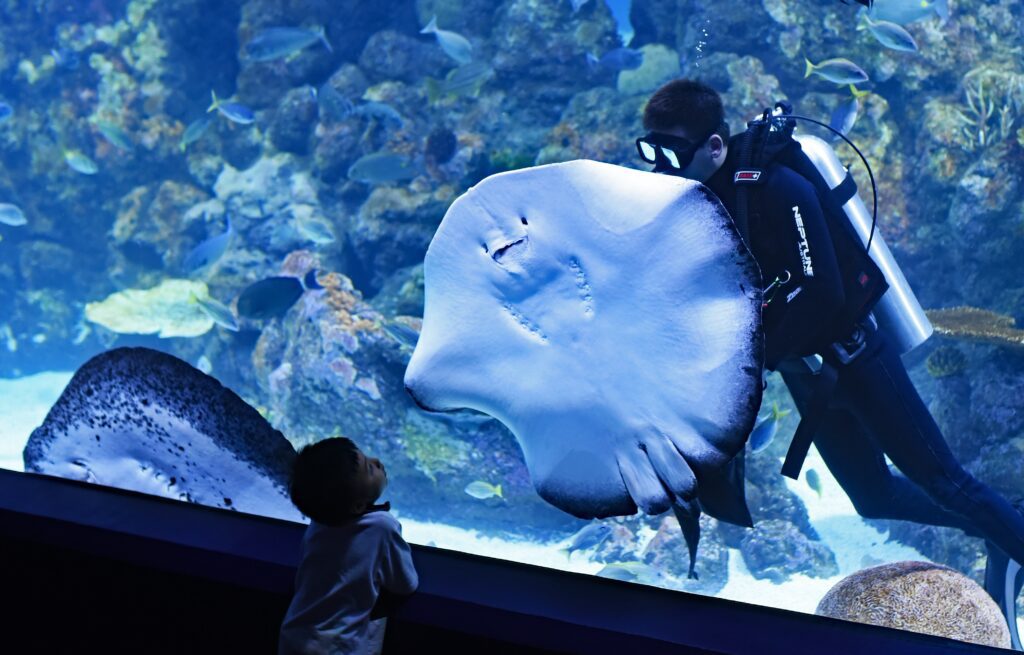
The Rockford Aquarium can be considered as purpose-driven businesses that serve multiple roles beyond profit generation. In addition to providing entertainment and leisure activities, the Rockford Aquarium will play an important role in animal rescue, care, and rehabilitation, as well as scientific research, education, and conservation.
Through their activities, the Rockford Aquarium will contribute to the preservation of aquatic life and ecosystems, as well as the dissemination of knowledge and awareness about marine environments and their importance for the planet and human well-being.
Moreover, the Rockford Aquarium can have a positive impact on local and regional economies, by creating jobs, attracting tourists, and boosting economic activity in the surrounding areas. The organization can also help to revitalize urban landscapes and enliven destination-brands, making them attractive and competitive in the tourism industry.
Overall, the Rockford Aquarium is a good example of how public facing businesses can align their goals with social and environmental purposes and contribute to the well-being of their communities and the planet.
The Rockford Aquarium will also play a role in breeding and reintroducing endangered or threatened species back into the wild. For example, the Rockford Aquarium will successfully breed and release turtles, fish, and other marine animals into their natural habitats.
Additionally, the Rockford Aquarium will also provide opportunities for visitors to learn about the impacts of human activities on marine environments and what they can do to help protect them. The Rockford Aquarium will have educational programs and exhibits that highlight the importance of sustainable practices such as reducing plastic waste and fishing practices that minimize harm to marine life.
The Rockford Aquarium will also serve as a platform for community engagement and outreach. We will partner with local organizations and schools to promote awareness and education about marine conservation and provide hands-on learning experiences for students and community members.
The Rockford Aquarium is more than just a place for entertainment and leisure; It will serve as a center for animal rescue, care, and rehabilitation, scientific research, education, and conservation, as well as being engines of economic development and community engagement.
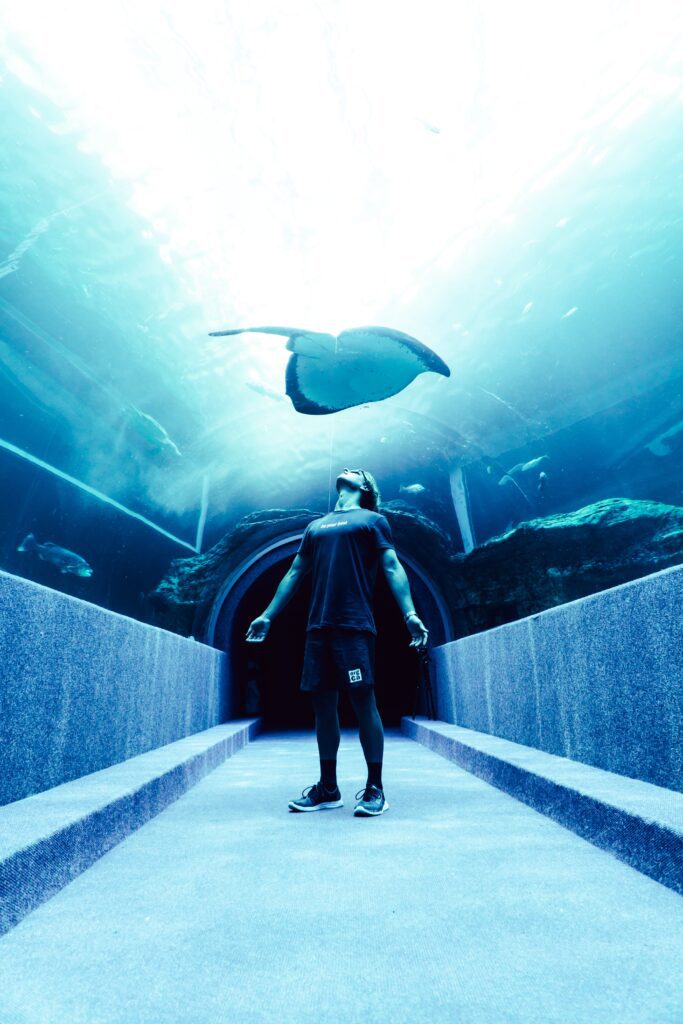
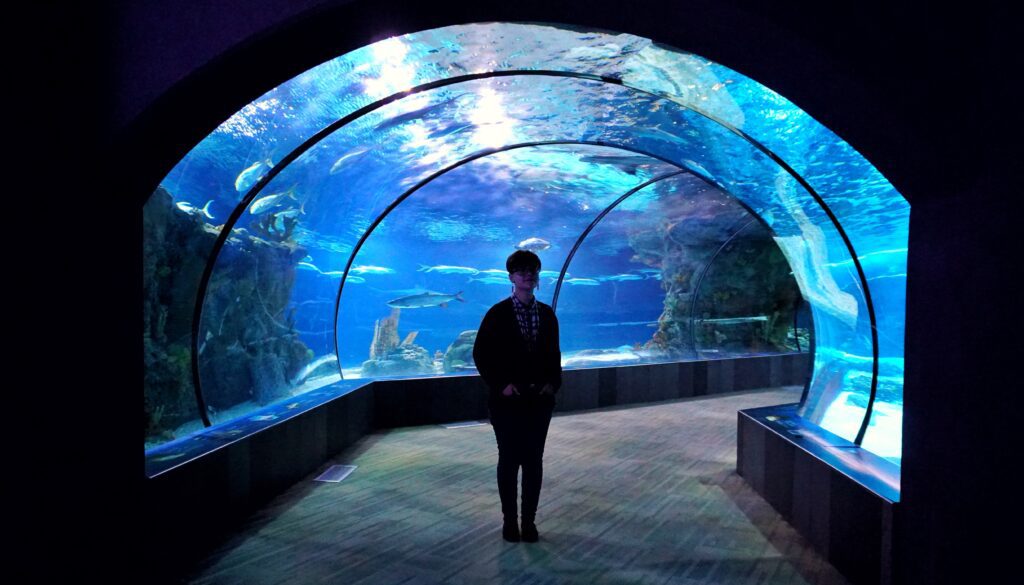
7. Ecotourism: The Rockford Aquarium will also promote ecotourism, which involves responsible travel to natural areas that conserves the environment and benefits local communities. By offering educational and recreational opportunities that highlight the beauty and value of marine ecosystems, the Rockford Aquarium will help to support local economies and protect natural resources.
8. Advocacy and policy: The Rockford Aquarium will also advocate for policies and regulations that support marine conservation and sustainability. We will work with government agencies, NGOs, and other stakeholders to promote sustainable fishing practices, reduce plastic pollution, and protect critical habitats and species.
